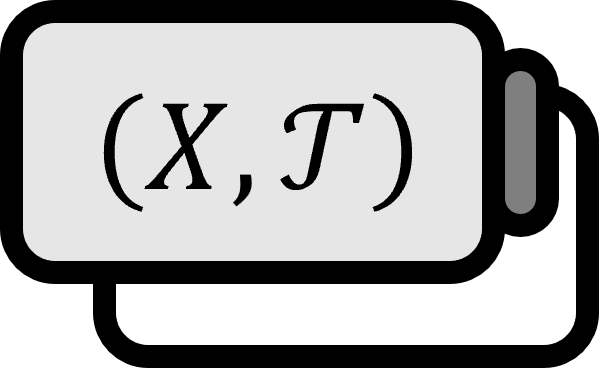Proof of the Intermediate Value Theorem
Definition 1
If $f : [a,b] \to \mathbb{R}$ is continuous, then there exists a $c \in (a,b)$ between $f(a)$ and $f(b)$ such that $y_{0} = f(c)$ is satisfied for $y_{0}$.
Explanation
Using the contrapositive, it can be shown that there is no curve connecting two specific shapes under condition $\mathbb{R}^2$.
Corollary
Meanwhile, the intermediate value theorem has several useful corollaries as follows:
Existence judgment method for the solution of equation $f(x)=0$: For a continuous function $f:[a,b] \to \mathbb{R}$, if $f(a) f(b) < 0$ then $f(x) = 0$ has a solution $x_{0} \in [a,b]$.
This fact is very important as it is used in entrance examination mathematics and also in methods like bisection in numerical analysis.
Fixed-point theorem form of the intermediate value theorem: If $[a,b]$ and $f[a,b]$ have an inclusion relationship, the continuous function $f$ has a fixed point in $[a,b]$.
The intermediate value theorem allows for an easy application of the fixed-point theorem. If the conditions are expressed mathematically, they are either $[a,b] \subset f[a,b]$ or $f[a,b] \subset [a,b]$, and naturally, it also holds when both $f[a,b] = [a,b]$ are satisfied simultaneously. Although it may seem unusual that it holds for $[a,b] \subset f[a,b]$ because the condition often mentioned in the fixed-point theorem is $f[a,b] \subset [a,b]$, from the perspective of corollaries of the intermediate value theorem, there is no need to consider overly general conditions, so it can be accepted as a natural fact.
Proof
Strategy: Employ topological auxiliary lemmas. It’s a really important theorem, but it’s accepted without proof in high school and is too difficult to prove during calculus. While proofs that do not use higher theory are meaningful in their own right, the topological proof of the intermediate value theorem is too easy to resist its temptations.
Connectedness is a topological property, and since $f$ is continuous, $f[a,b]$ is also a connected space.
Due to the properties of continuous functions, there exists a $c \in (a,b)$ that satisfies $f(c) = y_{0}$.
■
Munkres. (2000). Topology(2nd Edition): p476. ↩︎

